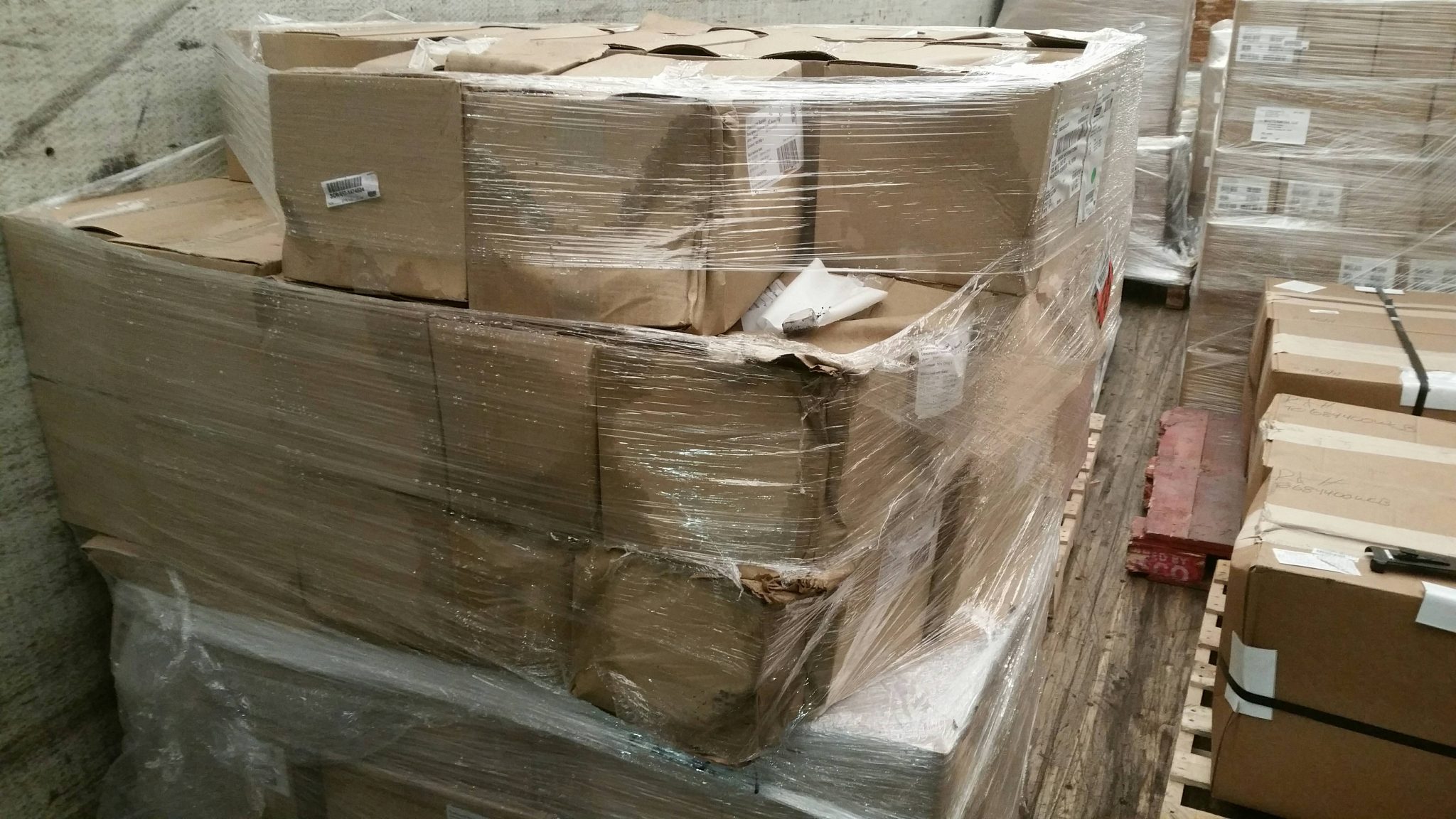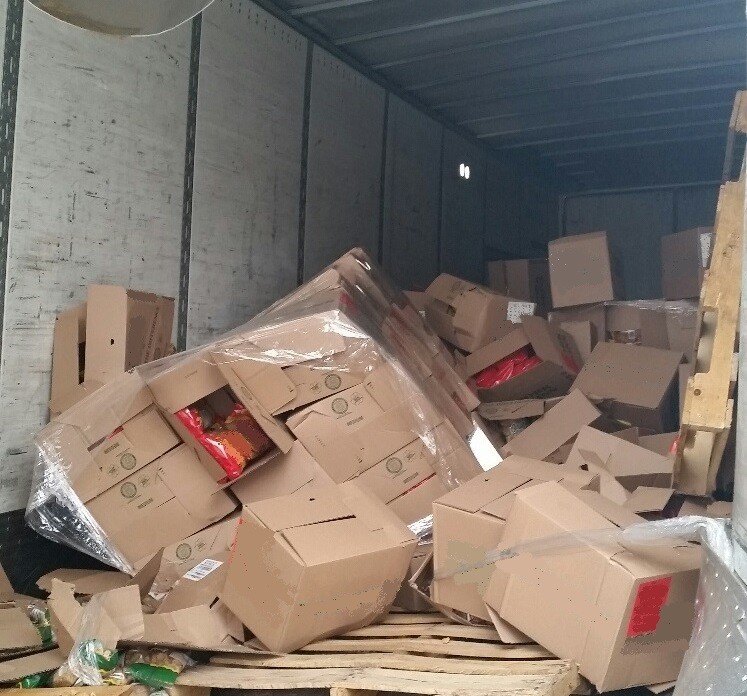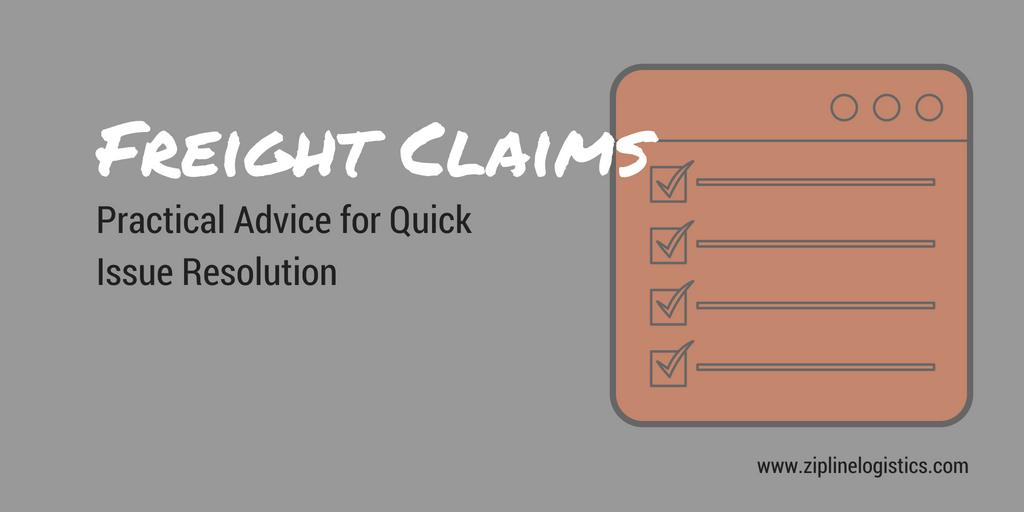What are freight claims? When goods go missing or arrive damaged, the basic contract for carriage – agreement to transport goods safely from Point A to Point B – is violated. Since the contract was broken, a shipper can file a claim to recover its lost revenue.
Educating yourself on best practices surrounding freight claims can help reduce related headaches and limit potential complications.
Reasons for Freight Claims
Reasons for freight claims are different than the reasons for freight rejections. Rejections can interrupt timelines and incur charges, but they don’t indicate a loss of goods. Freight claims occur any time when a product is disrupted/damaged during transit to the point it can no longer be sold.
- Damage to product or property
- Contamination – bugs, rodents, filth, water
- Loss of freight
- Truck accident
Freight Claims Best Practices
What happens if a delivery truck hits a pole or building at your facility? How you should handle the situation isn’t much different than how you’d handle a car accident.
- Act right away
- Get driver testimonial
- File an incident report with the police
- Take photos of damage
- Check if there is video footage
- Don’t let the driver leave until all the above is accomplished
If you wait to file a report and don’t have proof of the accident, you may not be able to file your freight claim and get reimbursed for damages. Just like with a car accident, your insurance provider needs to see proof of the incident and who is at fault.
What if you receive cargo that is damaged? This could be water damage, crushing, contamination, etc.
- Inspect freight for inconsistencies while the driver is on site
- Contact seller immediately to inform them of damage
- Denote damage on BOL with as much detail as possible
- Damaged Box/Bag Count
- Lot or Item #
- Product
- Type of Damage
- Only sign the bill of lading (BOL) once damages are included on the paperwork
- Take clear photos of damage before the driver leaves
- Give the driver a copy of BOL with damages noted
If you sign the BOL before denoting damages, you take ownership of the freight as is. If you try to file a freight claim after signing a BOL (without noting damages and fault), there is no sure way for the insurance provider to know who caused the issue. Someone could have received pallets in good condition but had an accident in the warehouse afterward and are trying to recoup a loss unethically. Hopefully, this would never be the case, but there’s no way for the insurance company to verify without proof.
In the images to below, freight was damaged during transit. Photos were taken prior to unloading to showcase the condition of goods when received. Highlighting when/where the damage occurred can help with claim resolution.


What if an order goes missing? It is very rare for a driver to steal goods. Pallets are sealed and there are multiple checkpoints throughout the delivery process. It’s nearly impossible for them to break a seal, repack, and have their actions go unnoticed.
However, a warehouse could easily misload a truck with the wrong order or too few pallets.
- Check deliveries for any missing product
- Only sign the bill of lading (BOL) once quantities are properly noted on the paperwork
- Contact the seller immediately regarding missing freight, determine if there are any forgotten pallets at the warehouse
Cargo theft could be to blame if there is no explanation for the missing goods. In this case, engage both insurance and law enforcement for help tracking down the stolen freight and recouping lost revenue.
Freight Claims Process
It can take anywhere from 30-120 days to resolve a freight claim. The sooner you get things moving, the better.
Deadlines differ by mode, carrier, and sometimes state. Generally, the carrier will want notification of damage within 15 days (sooner is ideal) and filing of the freight claim within nine months.
The claimant must first gather all the needed information to prove its claim. For example, if a product arrives damaged, the shipper must prove that product was in good condition at the origin, that it was in damaged condition at destination, and what dollar amount is related to the damages. Then the responsibility shifts to the carrier who must defend or comply.
The paperwork you’ll need to file a freight claim:
- Original purchase invoice for the goods
- Proof of payment for delivery or service charges
- Copy of the bill of lading (BOL) with receipt, waybill and other records indicating the loss or damage
- Estimates or invoices for repair, if applicable
- Photos of the shipment and packaging at the time of delivery
- Any additional information which supports the claim
How to Avoid Freight Claim Headaches
Accidents happen, but thankfully there are steps you can take to limit your chance of dealing with a freight claim.
- Properly pack, wrap, pad, and label your pallets to minimize potential damage
- Work with reliable 3PLs and carriers who have proper insurance
- Communicate handling requirements clearly and label pallets (on all sides) with instructions
- Check freight diligently upon receipt for damages or miscounts
- Design pick-up and receiving facilities for safe and easy navigation
3PL’s Role in Freight Claims Management
A freight broker technically holds no liability, but a good partner will help facilitate proper communication with insurance and involved parties.
The 3PL should check the insurance of the carrier and confirm there is enough coverage. 3PLs also carry their own blanket insurance to help cover anything that goes beyond the driver’s coverage. This is imperative for high-value freight.
When a freight claim is necessary, a quality 3PL will act as a middleman and help with facilitation. They can get in touch with the carrier’s insurance and pass along the proper paperwork and forms. If you need the aid of a tow truck or lumper, your 3PL can also help source reliable service providers.
At Zipline Logistics we go a step further. We have a team dedicated to solving claims. We have experienced senior leadership on the job who know the ins-and-outs of freight claim resolution. We also deploy our own legal and litigation resources when appropriate.
Even though freight claims don’t happen often, it helps to have a team on your side to get things resolved quickly and in your favor.
Sign Up for Zipline’s Monthly Enewsletter

